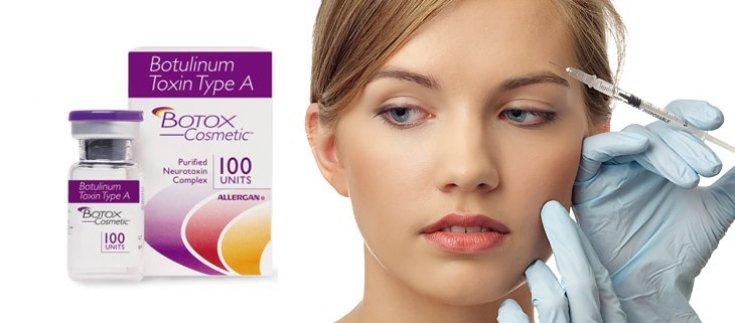Crystalline botulinum toxin type A was introduced into medical practice as early as 1980 for the treatment of strabismus. Since then, this drug has been used to treat a variety of diseases, and soon entered the usual practice of aesthetic medicine specialists.
However, despite sufficient experience with botulinum toxin, it is important to monitor its safety and effectiveness.
On estet-portal.com, read about the diagnostic methods currently used to control the quality and duration of action of botulinum toxin preparations.
Subjective and objective methods for evaluating the effect of botulinum toxin
Subjective methods for evaluating the effectiveness of botulinum toxin include:
• questioning a patient;
• expert opinion, namely - assessment of the result by a specialist in aesthetic medicine;
• Checking for tolerance to botulinum toxin;
• monitoring of complications and side effects.
Objective methods for diagnosing the effectiveness of botulinum toxin include photo documentation and electromyography.
For the most accurate results, data collection is performed before the procedure, immediately after injection, 14, 90 and 120 days after botulinum therapy.
The use of these examination methods helps to build a comprehensive picture of the effectiveness of botulinum toxin therapy. In this connection, Botox® from of the Allergan company does not fall into the hands of a doctor until all possible tests of effectiveness have been carried out, duration of action and safety of the drug.
EBD test: clinical test to assess the presence of antibodies to botulinum toxin
Recently, doctors have become more likely to encounter such a phenomenon as immunoresistance, which is most often due to non-compliance with the doses and timing of botulinum toxin administration, which are indicated in the instructions. Thus, the body begins to produce specific antibodies to botulinum toxin, and therefore the drug loses its effectiveness.
The
EBD test is intended to help the clinician determine if a patient has secondary iatrogenic immunoresistance.
 In patients without immunoresistance, there is a decrease in muscle activity for 4 weeks.
In patients without immunoresistance, there is a decrease in muscle activity for 4 weeks.
The material was written on the recommendations of a dermatologist, head of the Virsavia Hardware Cosmetology Center - Evgeniya Shishko .
The main factors affecting the effectiveness of botulinum toxin
Of course, the effectiveness of botulinum toxin can vary from patient to patient. The effect of botulinum therapy depends on the complex functional anatomy and physiology of the muscles of each individual.
Botox effect® is not limited to the injection site, but also extends to about 3 cm in diameter, while the effect will be stronger within 2 cm of the injection due to drug diffusion.
What Botulinum Toxin Can Do: Its Unique Potential
Ways to improve the effectiveness of botulinum toxin
Numerous clinical trials confirm the efficacy and safety of Botox®. But to improve the quality of work with the drug, the doctor should take into account the age, weight, gender of the patient, as well as the injection site. This is necessary in order to correctly calculate the optimal dose. Continuous administration of an excessive amount of botulinum toxin can lead to the formation of immunoresistance.
To improve the effectiveness of therapy, doctors sometimes recommend that patients remain upright for 3-4 hours after the procedure, avoid massaging the treatment area, and actively contract the injected muscle to stimulate intake muscle toxin.
Thus, botulinum toxin is one of the most effective means in the arsenal of a specialist in aesthetic medicine, the safety of which has been confirmed by many years of clinical trials.









Add a comment